The iOS 8 Review
by Brandon Chester on September 17, 2014 1:00 PM ESTDesign Tweaks
Apple often makes tweaks to existing applications, even when they are not doing an entire redesign. iOS 8 is no exception. I've already covered some of the more significant design changes such as the new Control Center and the new parts of the interface in Messages. Below are some of the other various visual changes that I noticed going from iOS 7.1 to iOS 8.
Clocks App. iOS 7.1 on the left, iOS 8 on the right.
The circular buttons in the Clock application no longer have a border, and the lap button has been given a background that is slightly different than the grey color of the app itself. This is a similar change to what we saw with the buttons in Control Center. It seems that Apple no longer feels that users require that a button has an explicit border to recognize that it can be pressed. The smartphone is something most people are familiar with today and so it makes sense that design conventions that would have been necessary with older versions of iOS are no longer necessary today.
The Share Sheet. iOS 7.1 on the left, iOS 8 on the right.
Apple has also modified the design of the Share Sheet. There is slightly less spacing between icons, and the action buttons in the bottom row also adopt Apple's new style for buttons. The sheet itself is now like a floating card that is separated from the cancel button at the bottom.
The last design change that I noticed is that landscape mode in Apple's stock applications is now a fullscreen interface, with no status bar at the top. This affords a bit of extra space but when using landscape mode I usually have the keyboard up and there's still not even remotely enough space on an iPhone's display to fit much besides the keyboard in landscape orientation. It's possible that this feature offers a greater advantage on newer devices like the iPhone 6 and 6 Plus with their higher screen resolutions.
Application Changes and Additions
Weather. iOS 7.1 on the left, iOS 8 on the right.
Apple's Weather app receives some improvements in iOS 8. As I mentioned earlier in the section about Notification Center, Apple now sources their weather information from The Weather Channel rather than Yahoo. This allows the app to provide more detailed information and that required some changes in its interface. Both the hourly and daily forecasts have been extended to show information further into the future. Accessing the additional dates requires swiping up in the application. This also reveals a section with detailed information about the current weather. Previously this information was accessed by tapping on the current temperature, which wasn't a very obvious gesture. Putting it at the bottom was also necessary to fit additional information like the UV index, visibility, amount of precipitation, and sunrise and sunset times.
Facetime. iOS 7.1 on the left, iOS 8 on the right.
FaceTime receives some design tweaks in iOS 8 as well. After the inclusion of FaceTime audio calls in iOS 7 it looks like Apple has seen fit to split the app into a section for video calls and a section for audio only calls. The navigation buttons at the bottom have been removed, with the recent calls page now being the main page of the application. The plus symbol in the top right now brings up a list of contacts to select from, rather than its previous function of adding a new contact that seemed out of place.
iOS 8 also brings a new Tips application with hints and information about how to do things on your iPhone or iPad. Given that most things on iOS are designed well enough that they're fairly evident to the user, I don't really see why another application taking up space on my 16GB device is necessary.
In addition, Apple's Podcasts and iBooks apps have also been added as stock applications. Because of this, iBooks is able to adopt the transparent design with the device's wallpaper showing through, like the Newsstand app. Again, I don't think a large enough percentage of users use these applications frequently enough to make them worth including with the operating system rather than keeping them as optional downloads from the App Store. Having to hide them in a folder is annoying, and I feel constrained enough trying to manage storage on 16GB iOS devices with the current size of the OS and all its apps.


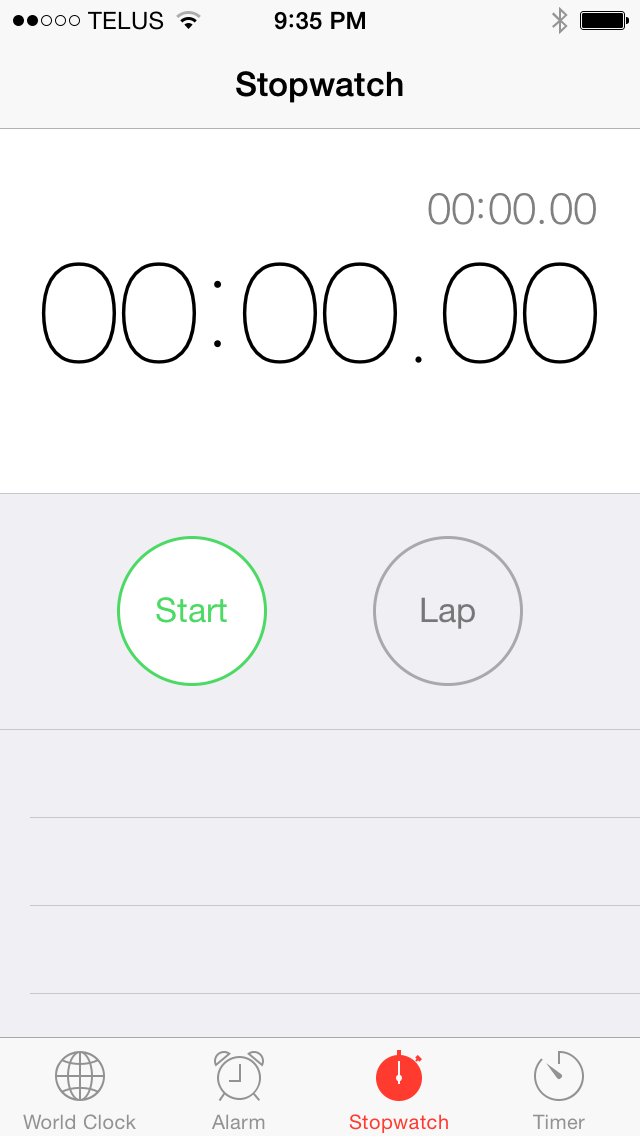
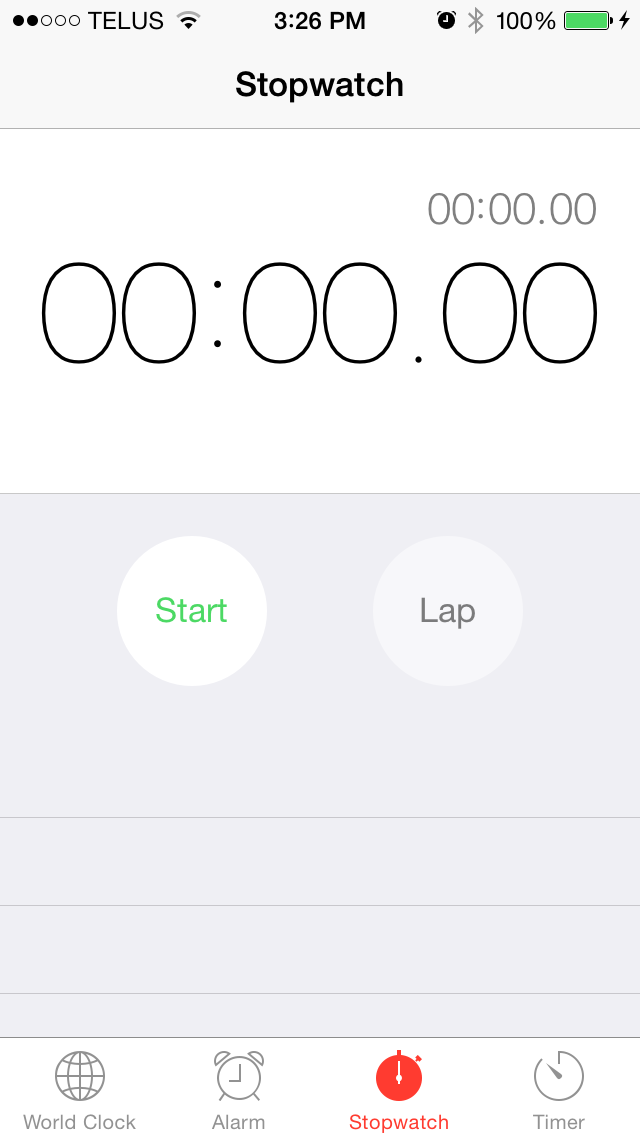
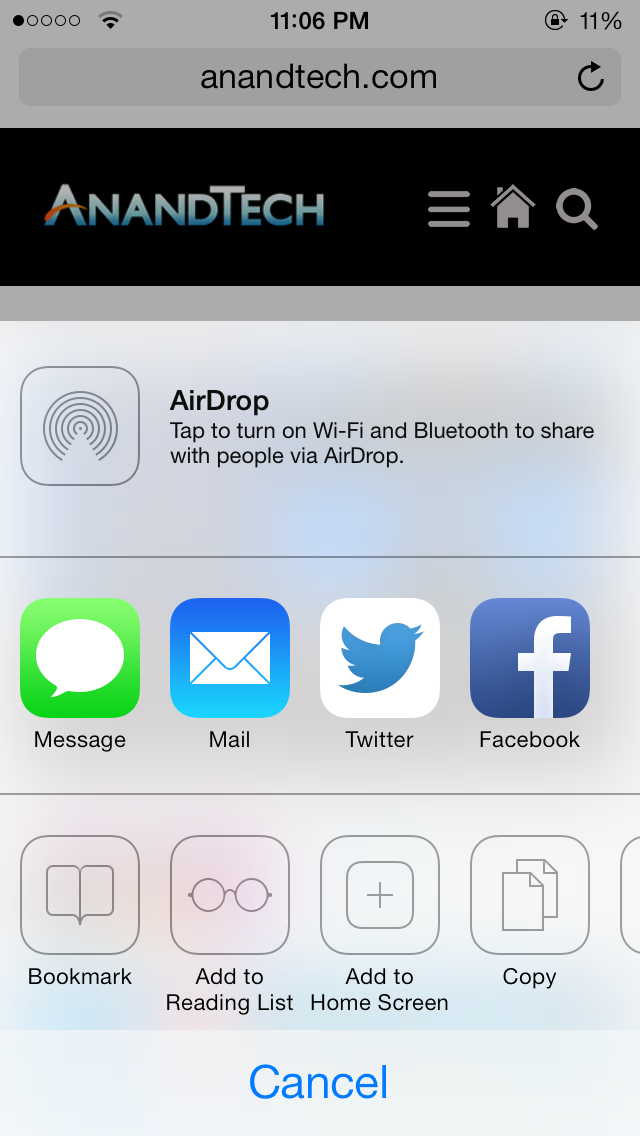
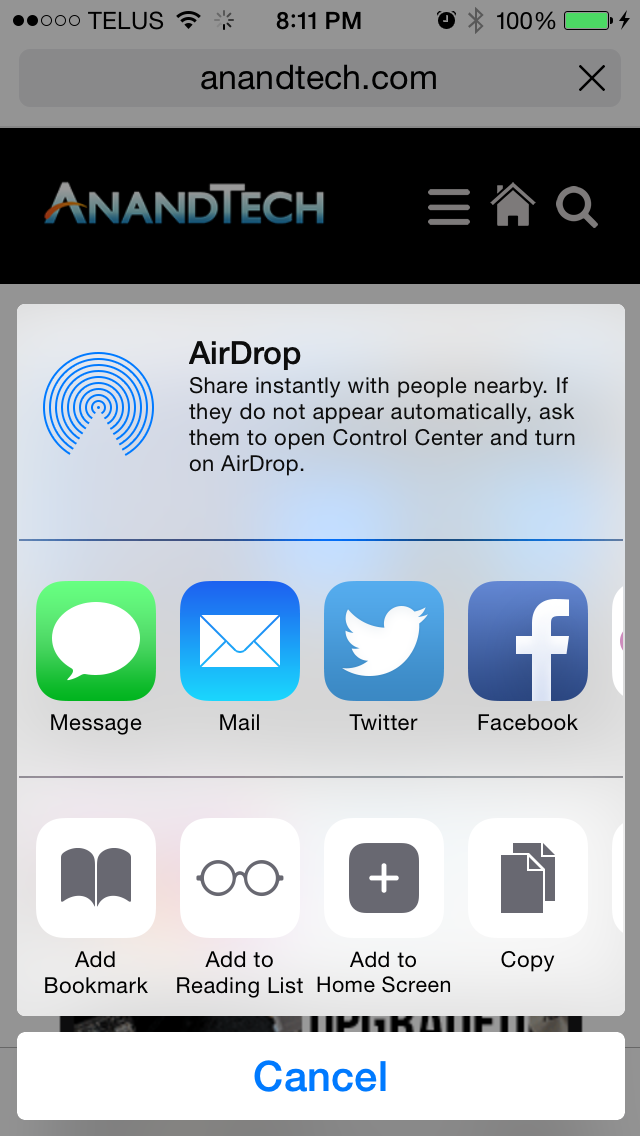
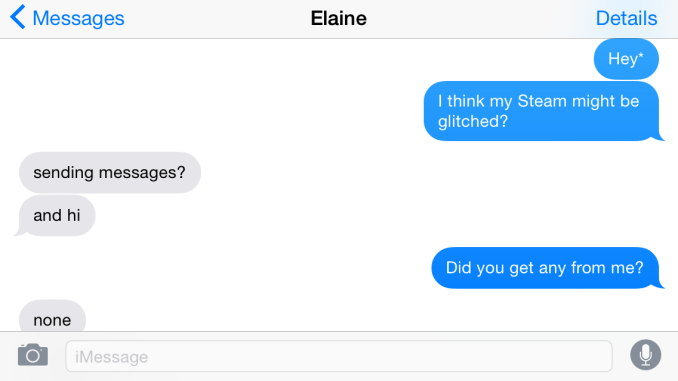
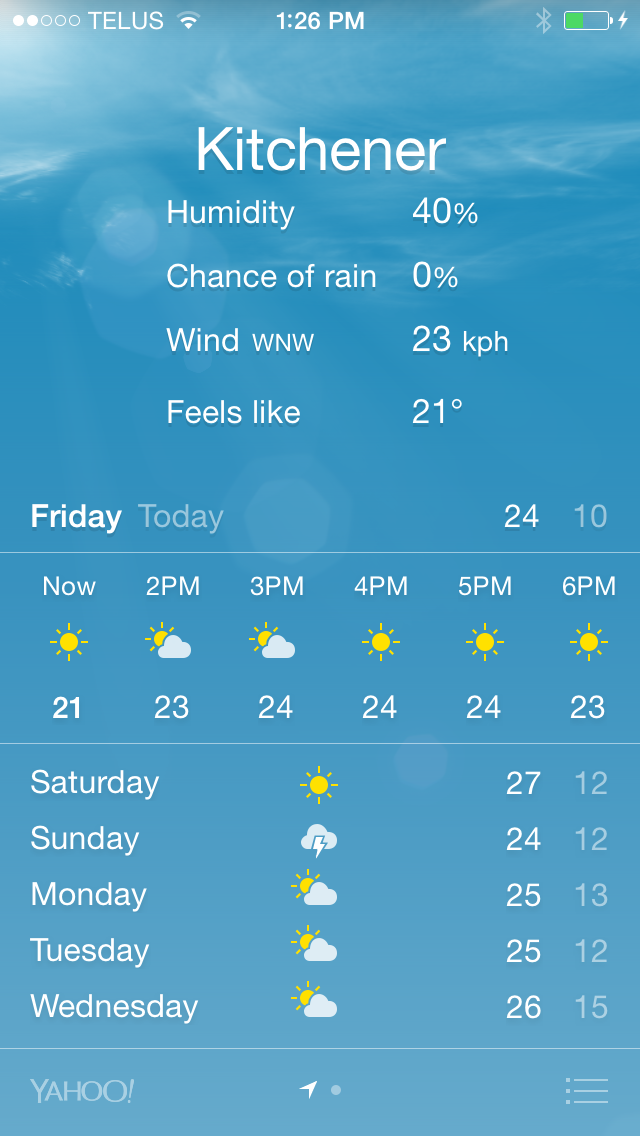

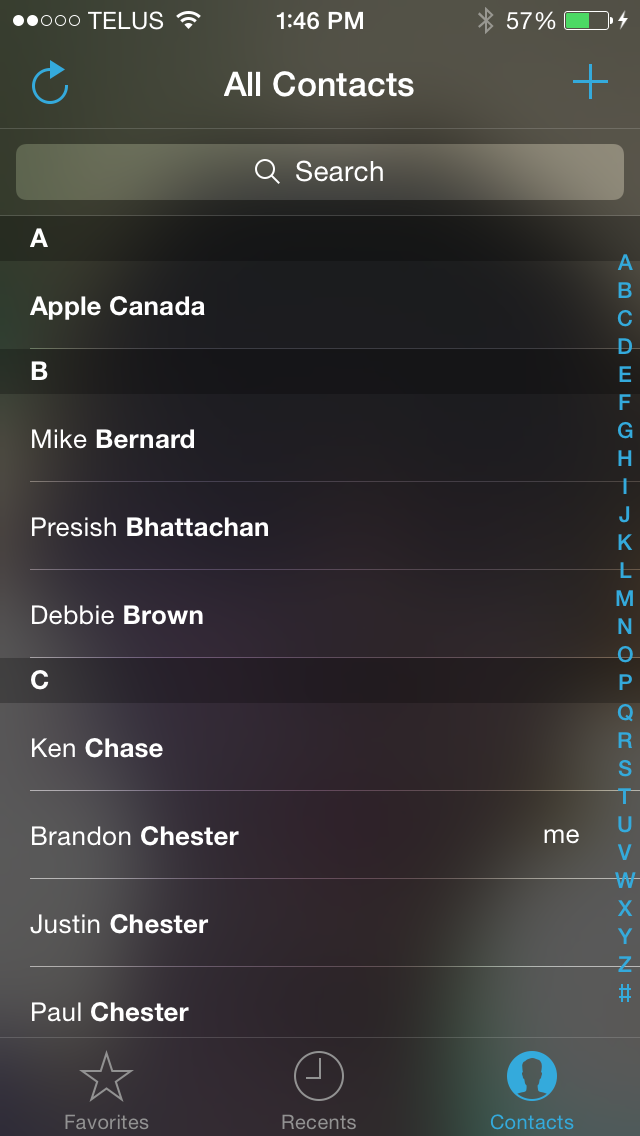
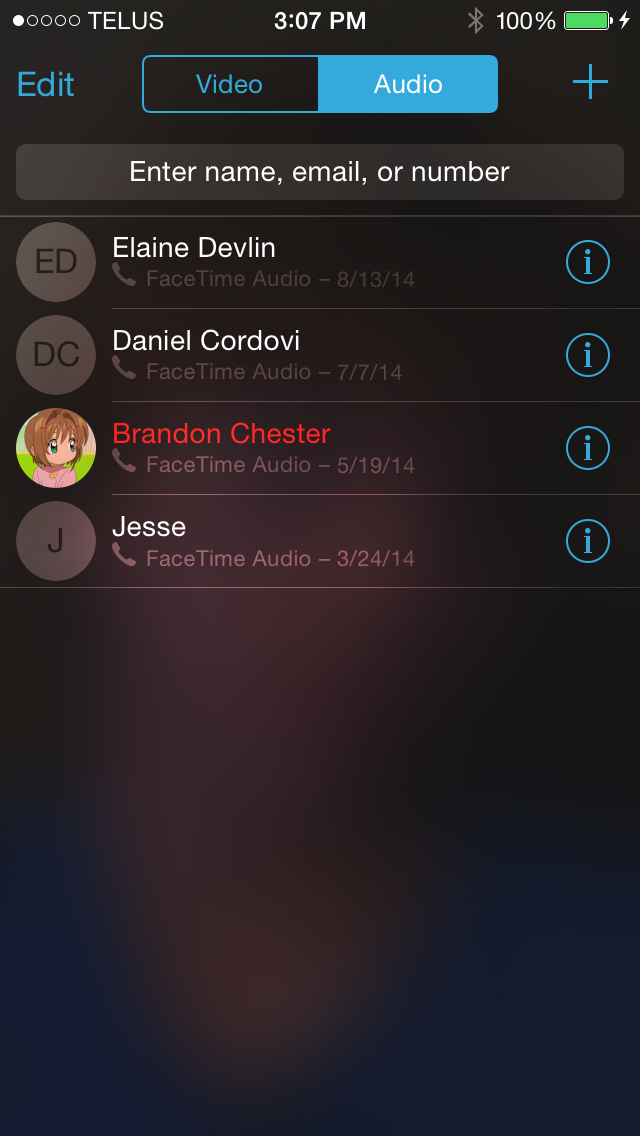








164 Comments
View All Comments
SirPerro - Thursday, September 18, 2014 - link
Why? Everybody uses whatsapp now, even iOS users. And no need to contact them in the first place.iMessages would be fine if more than a 10% of the people had it, and if whatsapp didn't exist
samsonjs - Wednesday, September 17, 2014 - link
Everyone I know who uses iOS (i.e. most people that I know) uses the Messages app and thus has and uses iMessage. I don't have to get them to sign up for anything or install an app, I just send them a message the same way I used to send them an SMS and now it uses iMessage and has higher-res photos and all the other goodies that come with it.Why wouldn't I use it?
Ancillas - Wednesday, September 17, 2014 - link
That's the same argument for Android users. Hangouts integrates with SMS, so why wouldn't they use it? The difference is that iMessage isn't an option for Android users, but Hangouts *is* an option for iOS users.steven75 - Wednesday, September 17, 2014 - link
It's a huge difference. Installing an app and creating an account vs neither. Not to mention Google's problems with privacy invasion.Impulses - Wednesday, September 17, 2014 - link
Not really, the only difference lies in that Apple pre installs the app (doesn't Hangouts come with most phones now tho?) AND automatically logs you in with your Apple account which most people blissfully ignore. If Google integrated Hangouts to that degree there'd be a pitchfork mob over it.Impulses - Wednesday, September 17, 2014 - link
I know you meant that comment as an iPhone user and Hangouts would never be pre-installed, but you're basically assuming everyone should use an iPhone if your argument is his revolve around that single point.WinterCharm - Wednesday, September 17, 2014 - link
Wrong again. The difference is that apples app is the only messaging app installed and it seamlessly switches between SMS and iMessage WITHIN the same app. It's not about having the app installed. It's about seamless integration.grayson_carr - Wednesday, September 17, 2014 - link
Um, actually you are wrong again. On Nexus Android phones, Hangouts is the only messaging app installed and it seamlessly switches between SMS and Hangout messages WITHIN the same app. Some Android manufacturers include their own messaging app as well, but Hangouts is ALWAYS included on Android phones and seamlessly integrates with SMS on any Android phone, within the Hangouts app.Impulses - Thursday, September 18, 2014 - link
Hangouts can do that too, within Hangouts, iMessage just happens to come preloaded and Apple pre logs you in. If Microsoft pre logged you into an Outlook account on a Windows PC the EU would have their ass, but Apple can get away with it.retrospooty - Wednesday, September 17, 2014 - link
Exactly the same. You haven't used hangouts have you? because you dont seem to know it works EXACTLY the same as iMessage, only universally.